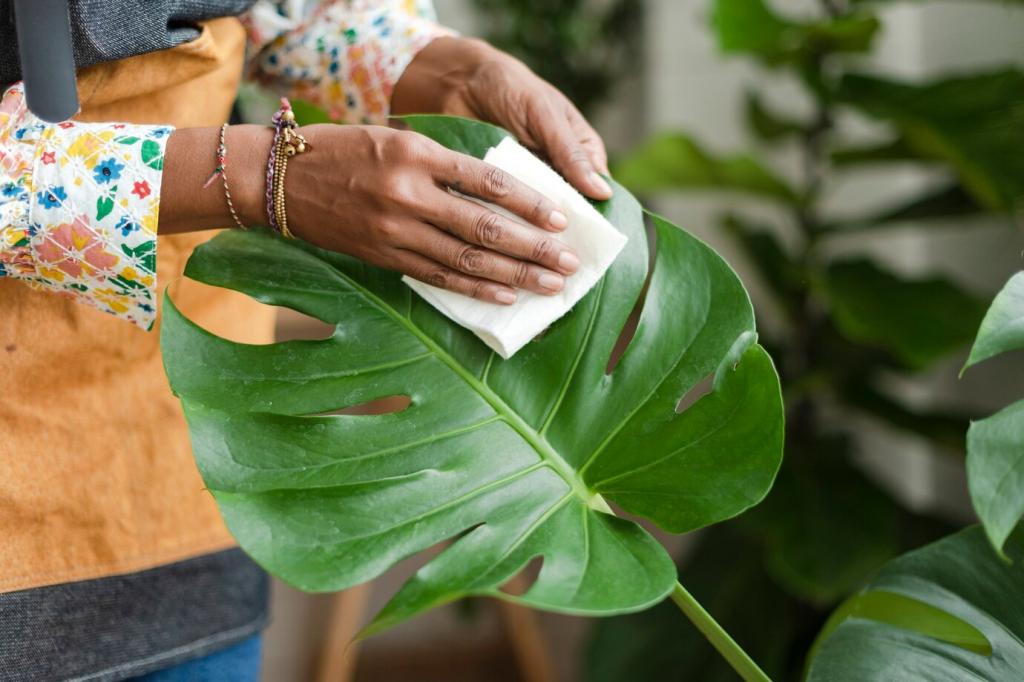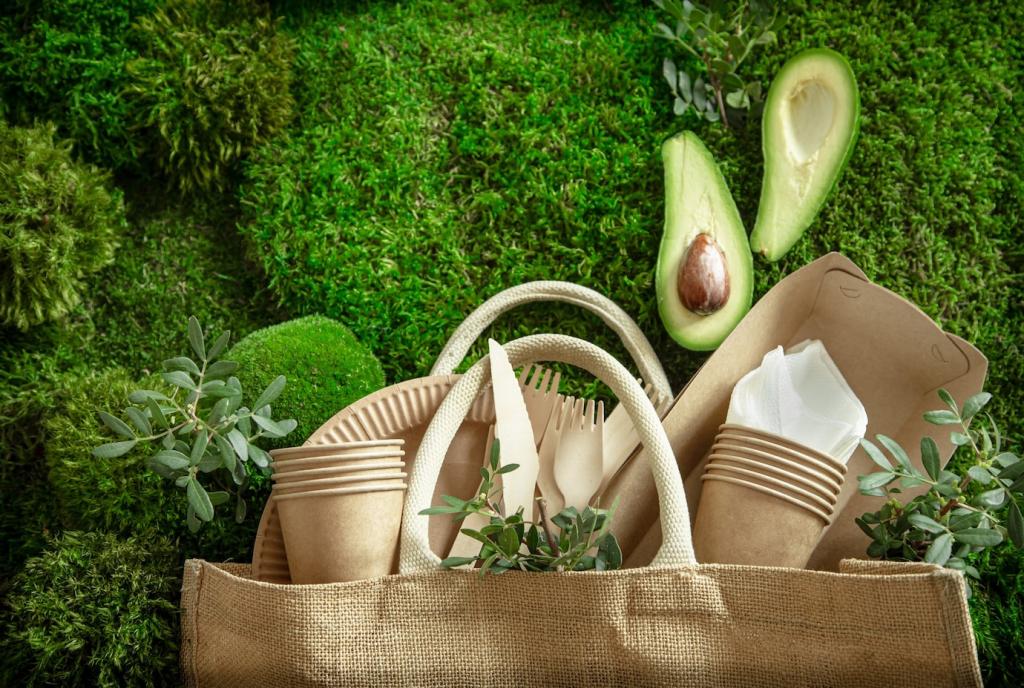Safe Ingredients That Actually Work
Heavily diluted white vinegar can cut mineral films on glass or sealed, non-waxed surfaces. Never use it on marble, oiled or waxed wood, or shellac. Keep ratios around one teaspoon per cup of water, work with microfiber, and always patch-test inconspicuous areas before expanding your cleaning zone.
Safe Ingredients That Actually Work
A few drops of unscented castile soap in a quart of distilled water create a gentle cleaner for many sealed surfaces. Wring cloths thoroughly, follow with a dry pass, and avoid leather unless using a leather-specific, pH-balanced formula. Share your favorite dilution in the comments to help others.





